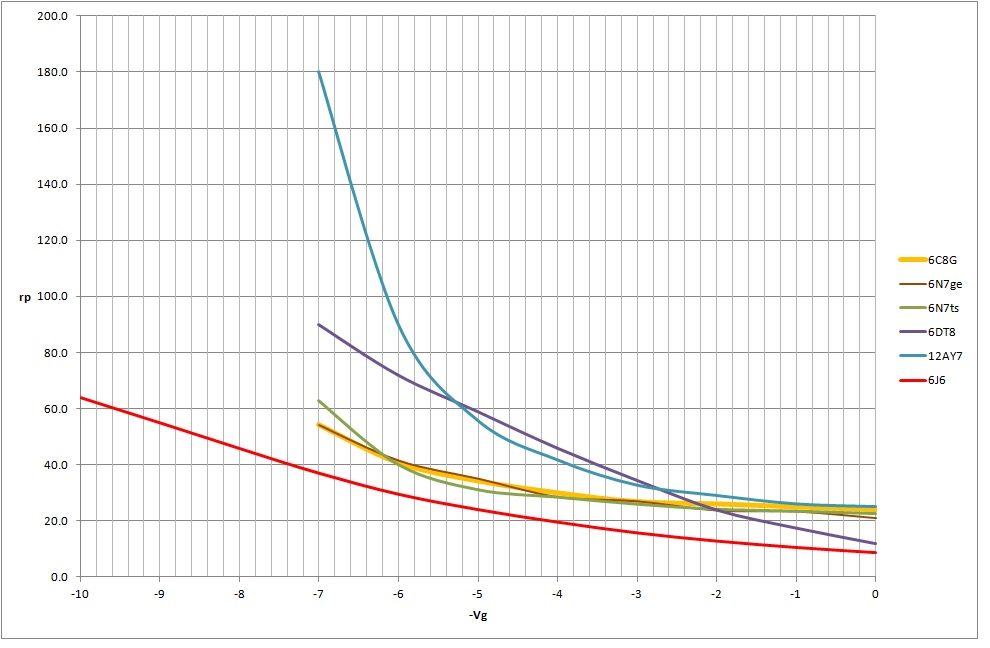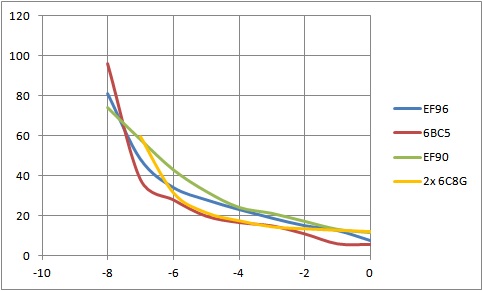Disco Volante
Well-known member
Staying in b7g, the ECC91 might replace the 6C8G, seeing as the cathodes are directly connected..
Yes you are right, it would do the job, but I was sticking to the same type, mu20 ra10k.Looks like a trusty old ECC82 would also get you there
The 6C8G is next on my listStaying in b7g, the ECC91 might replace the 6C8G, seeing as the cathodes are directly connected..

I am exploring other tubes because the original transformers are no longer available. If we use modern transformers with less inductance, then we need a lower output impedance from the tubes to maintain good low frequency response. More on this later.6J7G: I'd stay w/this original tube family, as they are still plentiful, and are great tubes

Enter your email address to join: